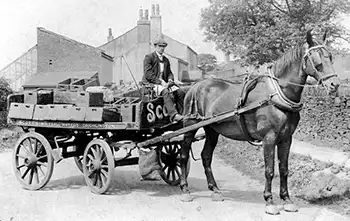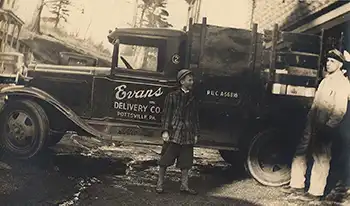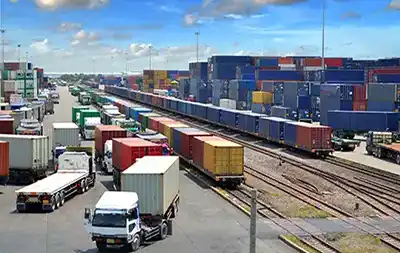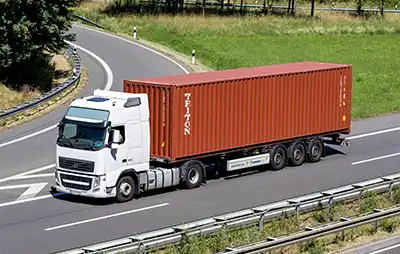
Tracing the Journey: The Fascinating History of Drayage
The story of drayage began in the bustling ports of ancient civilizations, where exotic goods from distant lands exchanged hands. Picture the bustling docks of Alexandria or the vibrant marketplace of ancient Rome, where merchants eagerly awaited the arrival of goods transported from distant shores. This is where the tale of drayage finds its roots—in the need to transport cargo swiftly and efficiently from the port to its final destination.
Ancient Civilizations
According to Merriam-Webster, drayage is derived from the Middle English word “draye,” which refers to a wheelless vehicle. This term is akin to the Old English word “draege,” which means “dragnet” or “to pull.” The connection to “draw” suggests the action of pulling or dragging, which is fundamental to the function of a dray or drayage.
Historical records reveal the early origins of drayage in ancient civilizations, where carts and wagons transported goods from ports to inland destinations. The concept persisted through the Middle Ages, with horse-drawn carts and wagons navigating the narrow streets of medieval cities and delivering goods to markets and merchants.
The Industrial Revolution
The Industrial Revolution, which lasted from about 1760 to 1840, marked a significant turning point in the history of drayage. The advent of steam-powered locomotives and the expansion of railway networks revolutionized transportation, enabling faster and more efficient movement of goods over long distances. Drayage services adapted to these changes, integrating with railroads to facilitate the seamless transfer of cargo between ports and inland destinations.
 From Dray Horses to Trucks
From Dray Horses to Trucks
In the 19th century, Drayage was also known as “Dray,” the name for a horse-driven, sideless cart used to transport goods over short distances. “Dray” horses, as they were known, typically moved goods from the port to their final destination.
As the 20th century dawned, the rise of motorized vehicles transformed drayage once again. Trucks replaced the horse-drawn carts, offering greater speed and flexibility in transporting goods. With the proliferation of highways and the modernization of transportation infrastructure, drayage services expanded their reach, connecting ports to cities and towns across the country.
Modern Day Drayage
 According to a report by the World Economic Forum, drayage emerged as a vital component of global trade, facilitating the movement of goods from ships to warehouses and distribution centers. By the 21st century, drayage had become an indispensable link in the supply chain, enabling importers and exporters to transport goods efficiently and cost-effectively.
According to a report by the World Economic Forum, drayage emerged as a vital component of global trade, facilitating the movement of goods from ships to warehouses and distribution centers. By the 21st century, drayage had become an indispensable link in the supply chain, enabling importers and exporters to transport goods efficiently and cost-effectively.
Today, drayage’s legacy lives on as modern logistics companies continue to build upon centuries of innovation and ingenuity. Evans Delivery, founded in 1939 with just two trucks in Pottsville, PA., has grown to become a cornerstone of the drayage transportation industry, with over 700 service center locations throughout the United States.
As we reflect on the rich history of drayage, one cannot help but wonder: What new frontiers will the future of transportation unveil?

Request A Quote







